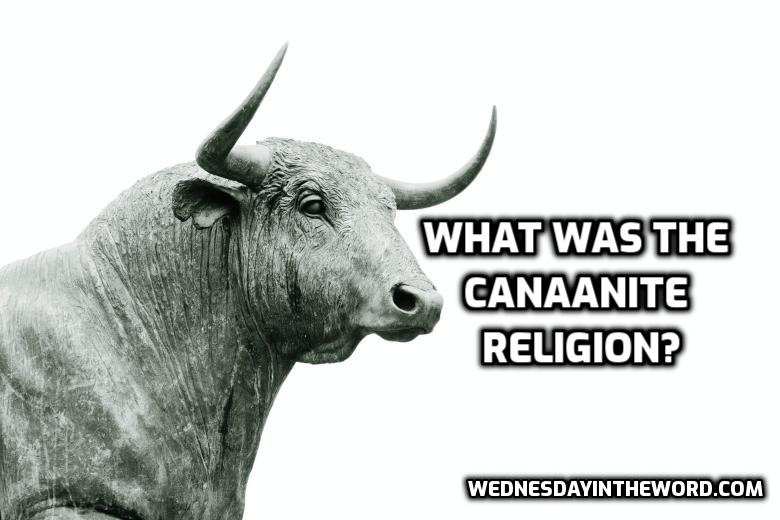Chronological list of Old Testament prophets: see when they ministered, which kings where in power and who their contemporary prophets were.
Weights and measures of the Bible
Ever wondered what a cubit is? When is the third watch? How much is a denarius, an omer or a talent? Here’s a chart of time, weights and measures found in Scripture and how to convert them.
Coins in the Bible
What’s the difference between a shekel, a denarius, and a talent? They are all coins circulating at the time of the New Testament. But one was Jewish, one Greek, and one Roman. Here’s what they were worth in relation to each other.
What was the Canaanite religion?
“Canaanite” refers to the group of polytheistic people living in the historical region of Israel and Palestine at the time of the Old Testament. Canaanite mythology centered around three primary exploits of Baal.
Introduction to Ancient Egypt
The first third of the book of Exodus takes place in Egypt. The Israelites had lived in Egypt for 400 years and were steeped in Egyptian culture. The cultural and historical setting of Exodus is ancient Egypt. Here’s a brief introduction.
Introduction to the Intertestamental Period
The time between the end of the Old Testament (400BC from the prophet Malachi) to the preaching of John the Baptist (25 AD) is known as the “intertestamental” period. Here’s an overview of what happened.
When did the Exodus happen?
When it comes to biblical history, you can divide scholars into minimalists and maximalists. Minimalists believe almost nothing in the Old Testament is historically accurate. Maximalists believe the Old Testament is a reasonably accurate historical document. Among the maximalists, there are two main competing theories about the date of the Exodus: early and late.
Introduction to the Northern Kingdom
After the death of King Solomon, two of his sons, Rehoboam and Jeroboam, fought for the throne. When Rehoboam harshly raised taxes on the people, the 10 northern tribes rebelled and installed Jeroboam as their king, creating the northern kingdom of Israel. The two southern tribes, Benjamin and Judah, remained with Rehoboam and became the kingdom of Judah.
Introduction to the Southern Kingdom
After the death of King Solomon, two of his sons, Rehoboam and Jeroboam, fought for the throne. When Rehoboam harshly raised taxes on the people, the 10 northern tribes rebelled and installed Jeroboam as their king, creating the northern kingdom of Israel. The two southern tribes, Benjamin and Judah, remained with Rehoboam and became the kingdom of Judah.
Introduction to the Exile and Return
The period of the divided kingdom ended with the people of Israel being taken into captivity. First, the people of the northern kingdom were conquered by Assyria, leaving Judah to struggle on alone. Finally, the southern kingdom of Judah was conquered by the Babylonians, leaving all the children of Israel in exile from the land. Here is an overview and timeline of the exile of Israel and her return from captivity.
Paul’s Missionary Journeys
The itinerary of Paul’s three missionary journeys on 1 map and in 1 chart with links to background information on the cities and the reference in Acts.
How many letters did Paul write to Corinth?
How many letters did the Apostle Paul write to the Corinthian church? The answer is not as easy as it sounds. We have two letters to the church at Corinth in our Bible, but both of these letters mention another letter. Many scholars believe Paul wrote four letters to the Corinthian church but only two of them survived. If they are right, the chronology of Paul’s correspondence and visits to Corinth might look something like this.












